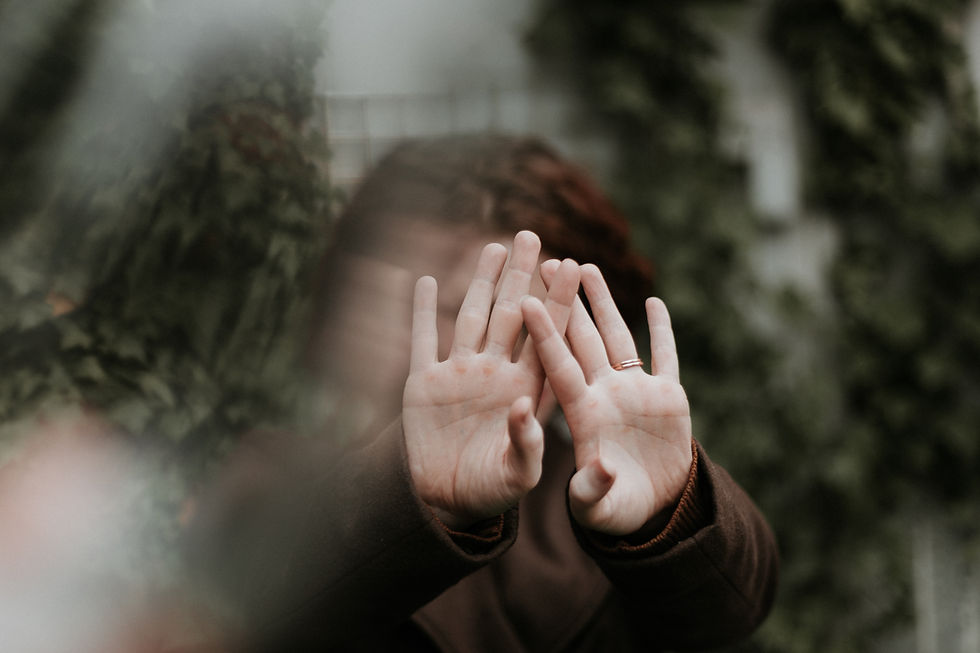There is a Sound Series, Dead Sea Scrolls: Ur, early dynastic period
- Shidonna Raven

- Oct 16
- 3 min read
By Leonard Woolley
Fact Checked by The Editors of Encyclopaedia Britannica
Last Updated: Jun 9, 2025
Source: Britannica
Photo Source: Unsplash,
Ur
ancient city, Iraq
Also known as: Tall al-Mughair, Tall al-Muqayyar, Tell el-Muqayyar, Ur Kasdim, Ur of the Chaldeans
Ur in the early dynastic period, 29th–24th century BCE
In the next (Early Dynastic) period Ur became the capital of the whole of southern Mesopotamia under the Sumerian kings of the 1st dynasty of Ur (25th century BCE). Excavation of a vast cemetery from the period preceding that dynasty (26th century) produced royal tombs containing almost incredible treasures in gold, silver, bronze, and semiprecious stones, showing not only the wealth of the people of Ur but also their highly developed civilization and art. Not the least remarkable discovery was that of the custom whereby kings were buried along with a whole retinue of their court officials, servants, and women, privileged to continue their service in the next world. Musical instruments from the royal tombs, golden weapons, engraved shell plaques and mosaic pictures, statuary and carved cylinder seals, all are a collection of unique importance, illustrating a civilization previously unknown to the historian. A further development of it, or perhaps a different aspect, was shown by the excavation at Al-ʿUbayd, a suburb of Ur, of a small temple also of a type previously unsuspected, richly decorated with statuary, mosaics, and metal reliefs and having columns sheathed with coloured mosaic or polished copper. The inscribed foundation tablet of the temple, stating that it was the work of a king of the 1st dynasty of Ur, dated the building and proved the historical character of a dynasty that had been mentioned by ancient Sumerian historians but that modern scholars had previously dismissed as fictitious.
A few personal inscriptions confirmed the real existence of the almost legendary ruler Sargon I, king of Akkad, who reigned in the 24th century BCE, and a cemetery illustrated the material culture of his time.
Regardless of which home, church, temple, assembly or location you are at or in, may it be a house of prayer. So, much of what we do here, we do together. We want to invite you to JOIN us in Corporate Health Prayers by submitting your prayers in the comments below or via email. After reviewing the prayer requests on the following Friday, we will pray corporately and include your prayer request for health and healing.
If you do not have a church home (place of worship), please let us know that. We believe this is an integral part of your health and healing journey. Although, God is God alone! Stay Tuned for Our Up and Coming Seek & Find Section: where we will offer viewers, readers, members, partners, subscribers, etc. resources and information to learn about and find a local (traditional) place of worship for your Journey with God and his Healing Promises. May God continue to Bless you. We also understand Cora Jakes has prayer resources also.
Would you like US to pray with you, then leave a post (comment) or contact US directly.
What is your faith? How can it impact your health? Why?
Share the wealth of health with your family and friends by sharing this article with 3 people today.
If this article was helpful to you, donate to the Shidonna Raven Garden and Cook E-Magazine Today. Thank you in advance.







Comments